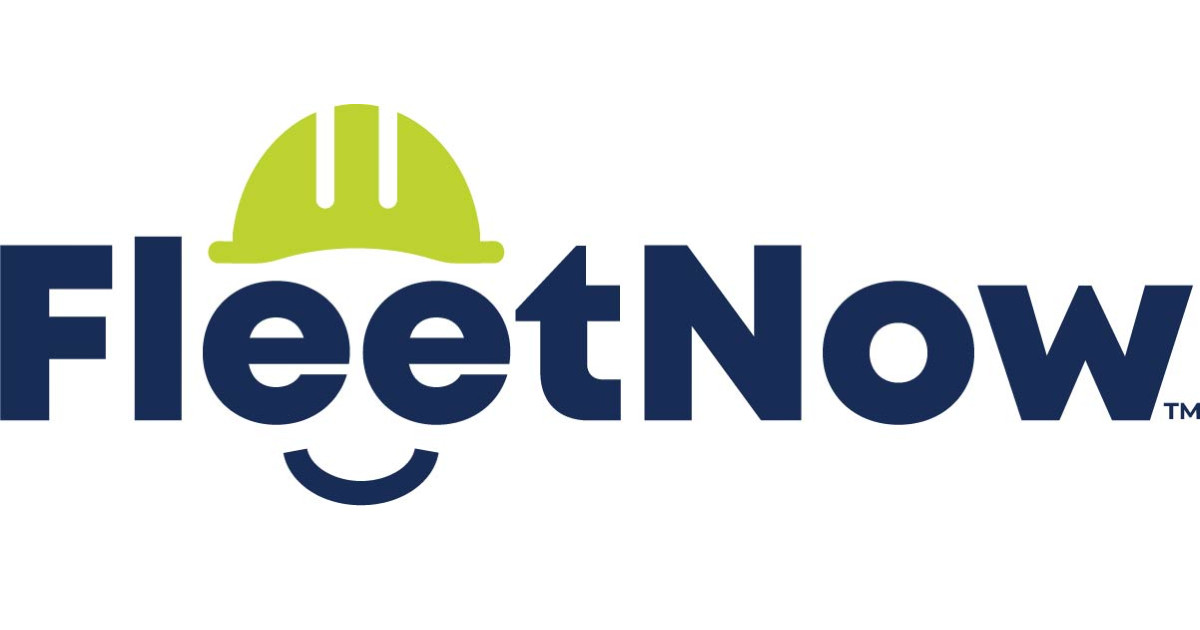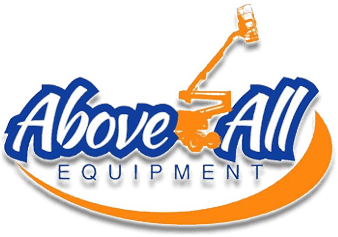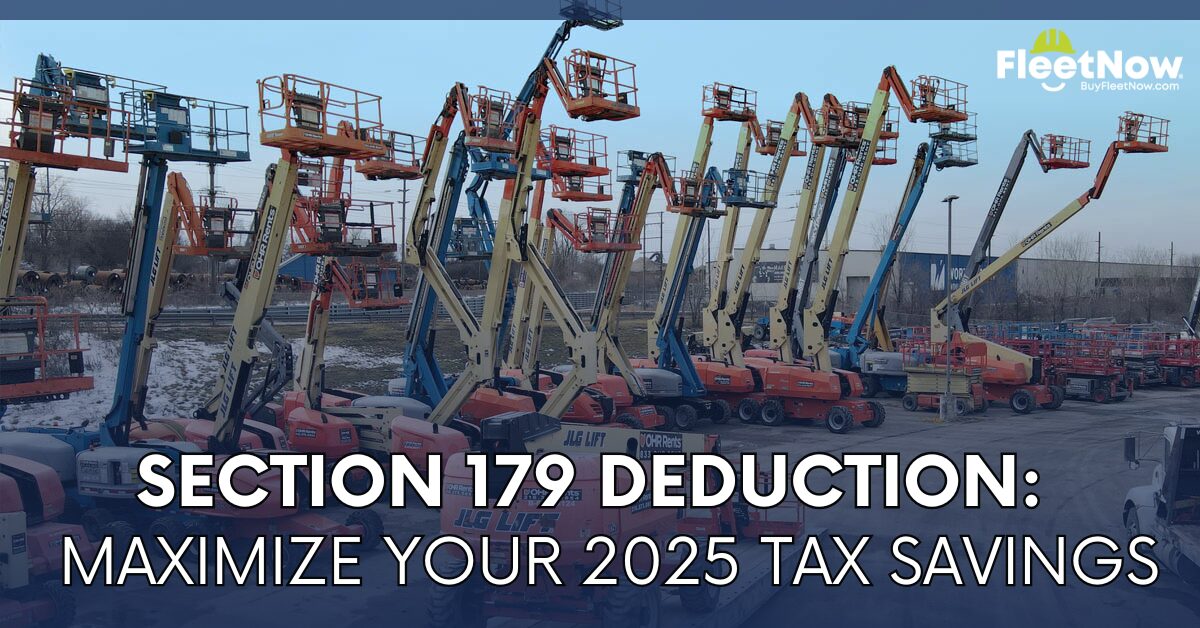Telehandler vs. Forklift: Which Should You Choose For Your Job?
Telehandlers and forklifts are valuable machines on work sites. Although they are similar, they have differences that make each a good fit for various kinds of jobs.
What is a Telehandler?
A telehandler (short for telescopic handler) is a type of lifting equipment that combines features of a forklift and a crane, making it highly versatile for material handling and other tasks in construction, agriculture, and industrial applications. It has a telescoping boom that can extend forwards and upwards, allowing it to reach areas that traditional forklifts cannot access.
What is a forklift?
A forklift is a powered industrial truck used to lift, move, and transport materials over short distances, commonly seen in warehouses, manufacturing facilities, and construction sites. It is characterized by its front-mounted prongs or forks, which can be raised and lowered to pick up and move loads, typically on pallets.
Telehandler Key Features
Telescopic Boom: The main distinguishing feature of a telehandler is its telescopic boom, which can extend and retract, providing a wide range of reach and lift heights. This makes it capable of placing loads at elevated or distant locations.
Attachments: Telehandlers can be fitted with various attachments, such as pallet forks, buckets, lifting hooks, and work platforms, which can be quickly interchanged. This versatility allows them to perform multiple functions, from lifting pallets and moving bulk materials to handling suspended loads.
Off-Road Capability: Equipped with large tires and often four-wheel drive, telehandlers are designed to operate on rough or uneven terrain, making them suitable for outdoor and off-road use in construction sites and agricultural fields.
Rotating Carriage: Some advanced telehandlers have a rotating carriage or turret, allowing the operator to rotate the boom and load without moving the base of the machine, which enhances their efficiency in confined spaces.
Forklift Key Features
Mast and Forks: The main components include a vertical mast, which allows the forks to be raised and lowered, and the forks themselves, which are used to engage and lift the load. The mast may also tilt forward and backward to stabilize the load.
Counterbalance: Most forklifts have a heavy counterbalance at the rear to offset the weight of the load being lifted, which helps maintain stability. This design allows them to lift heavy loads without tipping over.
Operator’s Cab: The operator’s seat is situated behind the mast, providing controls for driving the forklift and operating the mast and forks. This cab is usually equipped with a steering wheel, pedals, and levers or joysticks for controlling the lift functions.
Variety of Types: Forklifts come in various types and sizes, each suited for different applications.
What kind of jobs are Telehandlers used for?
Telehandlers are versatile machines used in a variety of industries due to their ability to extend both horizontally and vertically and handle different types of loads with interchangeable attachments. Here are some common jobs and applications for telehandlers:
Construction
- Material Lifting: Lifting and placing materials like bricks, steel beams, and roofing supplies to elevated areas, such as the upper floors of buildings or scaffolding.
- Site Preparation: Using attachments like buckets to move soil, gravel, and debris, or sweepers to clean construction sites.
- Assembly Assistance: Holding and positioning heavy components, such as structural elements, while they are being fixed in place.
- Formwork Handling: Placing formwork or molds used in concrete construction to various heights.
Agriculture
- Hay Handling: Lifting and stacking hay bales in barns or fields, often using specialized grapples or forks.
- Feed Management: Transporting and distributing feed or other bulk materials to livestock.
- Manure Management: Moving manure or compost using bucket attachments for field application or storage.
- Equipment Maintenance: Lifting and holding farm machinery or components for repair or maintenance.
Industrial and Warehousing
- Loading and Unloading: Transferring heavy or bulky items from trucks, railcars, or shipping containers to storage or processing areas.
- High-Racking Storage: Placing and retrieving goods from high racks or shelves in warehouses that exceed the reach of conventional forklifts.
- Bulk Material Handling: Using bucket or grapple attachments to handle bulk materials like gravel, sand, or scrap metal.
Forestry and Logging
- Log Handling: Lifting and transporting logs using specialized grapple attachments.
- Clearing and Maintenance: Removing branches, debris, or fallen trees from work areas or roads.
What kind of jobs are Forklifts used for?
Forklifts are essential equipment for lifting, moving, and transporting materials in a variety of settings. They are commonly used in industries where efficient material handling and logistics are crucial. Here are some typical jobs and applications for forklifts:
Warehousing and Distribution
- Pallet Handling: Moving palletized goods from storage to shipping areas or vice versa. Forklifts are designed to pick up, transport, and stack pallets efficiently.
- Loading and Unloading: Transferring goods from trucks, containers, or railcars to warehouse storage or directly to production lines.
- Order Picking: Assisting with the retrieval of items from high shelves or racks for order fulfillment.
- Inventory Management: Organizing and relocating inventory within a warehouse, often involving high stacking or narrow aisle maneuvering.
Manufacturing
- Raw Material Transport: Moving raw materials, parts, or components to and from production lines.
- Work-in-Progress Handling: Transporting semi-finished goods between different stages of the manufacturing process.
- Finished Goods Movement: Relocating finished products to packaging, storage, or shipping areas.
- Machinery Assistance: Lifting and positioning heavy machinery or equipment during installation or maintenance.
Retail and Wholesale
- Shelf Stocking: Loading goods onto shelves or display areas in large retail stores or wholesale distribution centers.
- Warehouse-to-Store Transfer: Moving products from backroom storage to retail floors or customer pick-up points.
- Loading Customer Orders: Assisting in loading large or bulky items into customer vehicles.
Construction
- Material Delivery: Transporting construction materials, such as bricks, tiles, or lumber, from storage areas to the worksite.
- Site Organization: Moving tools, equipment, and supplies around construction sites.
- Debris Removal: Clearing construction debris or waste materials from sites to dumpsters or recycling areas.
Telehandler vs. Forklift
While traditional forklifts are mainly used for lifting and moving loads over short distances and on stable ground, telehandlers offer greater flexibility with their extended reach and ability to navigate rough terrain. They fill a niche where a combination of vertical lift and horizontal reach is required.
Here’s a video that breaks down the differences between telehandlers and forklifts:
Tell us what you’re looking for:










